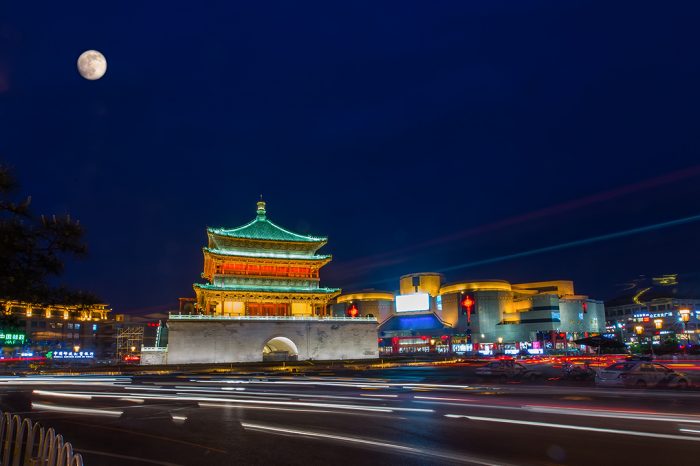More Information
[email protected]
+86 28 8503 0959
Mon - Fri 9.00 - 18.00
Beijing and Shanghai with Yunnan Discovery
Day01 Arrival in Beijing
Airport pick-up & airport-hotel transfer.
Day02 Beijing
Tiananmen Square: Tiananmen is one of the symbols of China. It has been listed by UNESCO among world heritage’. It is the main gate of the Imperial Palace. It is a key historic site under national protection, and a national patriotic education base.
Forbidden City: regarded as a must-see spot for travelers, is a magnificent and awe-inspiring sight. For almost five centuries, it served as the home of 24 Emperors and their households, and the ceremonial and political center of the Chinese imperial government.
A la carte lunch.
Temple of Heaven: The Temple of Tiantan was originally constructed in the eighteenth year of Yong Le (1420), Ming Dynasty, but was given its current name during the reign of Ming Emperor JiaJing (reign: 1522-1567), who built separate complexes for the earth, sun and moon.
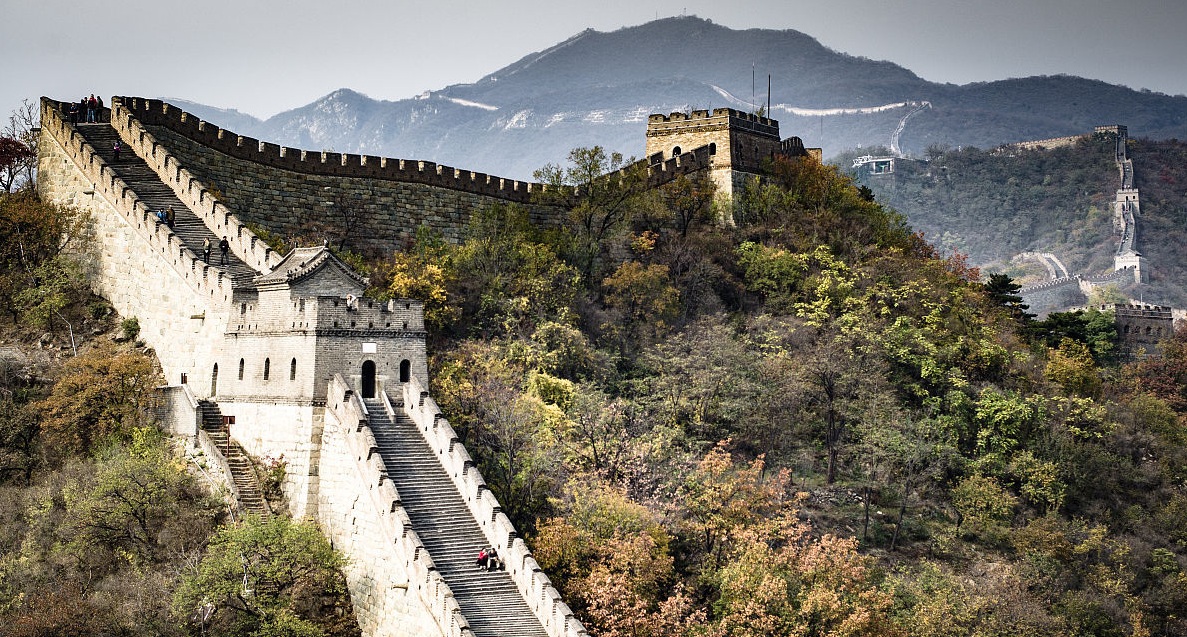
Day03 Beijing
Mutianyu Great Wall: The Mutianyu Great Wall is one of the best-preserved and best-known Great Wall sections. Compared with the top-notch Badaling, Great Wall at Mutianyu is less crowded, thus a good destination on hot holidays for a Great Wall tour at ease.
Sacred Way:Stone statues which are important decorations of the mausoleum. These statues are usually 12 human figures (including the general, civil officials and meritorious officials) and 24 animals which are lion, camel, elephant, xiezhi (a mythological unicorn), qilin (one of the four “divine animals, the other three are dragon, phoenix and tortoise), and horse.
Bird’s Nest (drive by).
Day04 Beijing – Kunming
Summer Palace: The largest and most complete existing royal garden, reputed as the royal garden museum.
Hutong visit: When you go sightseeing around these lanes you’ll experience a vital association with the real Beijing; chatting with residents, visiting a kindergarten or joining a neighborhood committee meeting can be included if you take Hutong Tour with us.
Fly to Kunming. Airport-hotel transfer.
Day05 Kunming
Qiongzhu Temple: The name of the temple (Qiongzhu) refers to a type of bamboo (genus Qiongzhuea). The Bamboo Temple was established during the Yuan dynasty as the first temple dedicated to Zen Buddhism in Yunnan. It has since been burned down and reconstructed several times. The present structure mostly dates from the late Qing dynasty.
Stone Forest: The Stone Forest Scenic Region boasts numerous scenic areas and spots, such as the Greater and Lesser Stone Forests (also known as the Lizijing Stone Forest), Naigu Stone Forest, Zhiyun Cave, Long Lake, Moon Lake, Qifeng Cave, and the Dadie Waterfalls.

Day06 Kunming – Dali
Fly to Dali.
Erhai Lake Park: One of the seven biggest fresh water lakes in China. It means, ‘sea shaped like an ear’, in Chinese. Implying that the lake is ear shaped and as large as a sea, hence it was so named.
Three Pagoda Temple:In the time of Nanzhao and Dali Kingdoms, Chongshengsi was the largest monastery in this area and the Three Pagodas were only a part of it. Now, the monastery has long disappeared and only the Three Pagodas remain.
Dali Old Town:Many international backpackers have regarded it as a Mecca to tune out for a while. Walking in the cobbled streets of Dali, you will get a feel of relaxed atmosphere.
Day07 Dali – Lijiang
Dali-Lijiang transfer.
Bai Traditional House in Xizhou:One of the 25 or so minority groups in Yunnan province is the Bai people. The history of this small minority is very interesting. The little town of Xizhou (the name means “happy town”) is a now a quiet town with a population of about 32,000 people.
Zhoucheng tie dyeing: Zhoucheng Village near Butterfly Spring in Dali Old City is famous as the ‘Hometown of Bai People’s Tie-dyeing Art’. Tie-dyeing is a technology of printing flower patterns on cloth.
Lijiang Old Town: A well-preserved old city of ethnic minorities with brilliant culture, is a central town of the Lijiang Autonomous County of the Naxi Ethnic Minority in Yunnan Province.
Day08 Lijiang (Option: Tiger Leaping Gorge Hiking)
Baisha Village: The village, at the foot of the Jade Dragon Snow Mountain. It is much quieter because it is not commercialized. Here, you can experience the Naxi people’s peaceful daily life.
local Naxi family visit
Baisha Murals: Art heritage of minority ethnic groups living in Northwest Yunnan. It shows religionary topics such as Mahayana, Tibetan Buddhism and Taoism.
Shuhe Old Town: UNESCO (United Nations Educational, Scientific and Cultural Organization) has listed it as an important component of Lijiang as it is a well-preserved example of a town along the ancient tea route and one of the earliest settlements of the ancestors of Naxi people. It is called ‘the hometown of springs’.
Tea-Horse Road Museum:Tea Horse Road is a series of properties located in some of the world’s most majestic settings. The high mountain peaks, lush valleys and deep gorges of Yunnan are a haven of natural and cultural diversity, connected by this ancient road that was plied for thirteen centuries by horse caravans.
Free time in the afternoon.
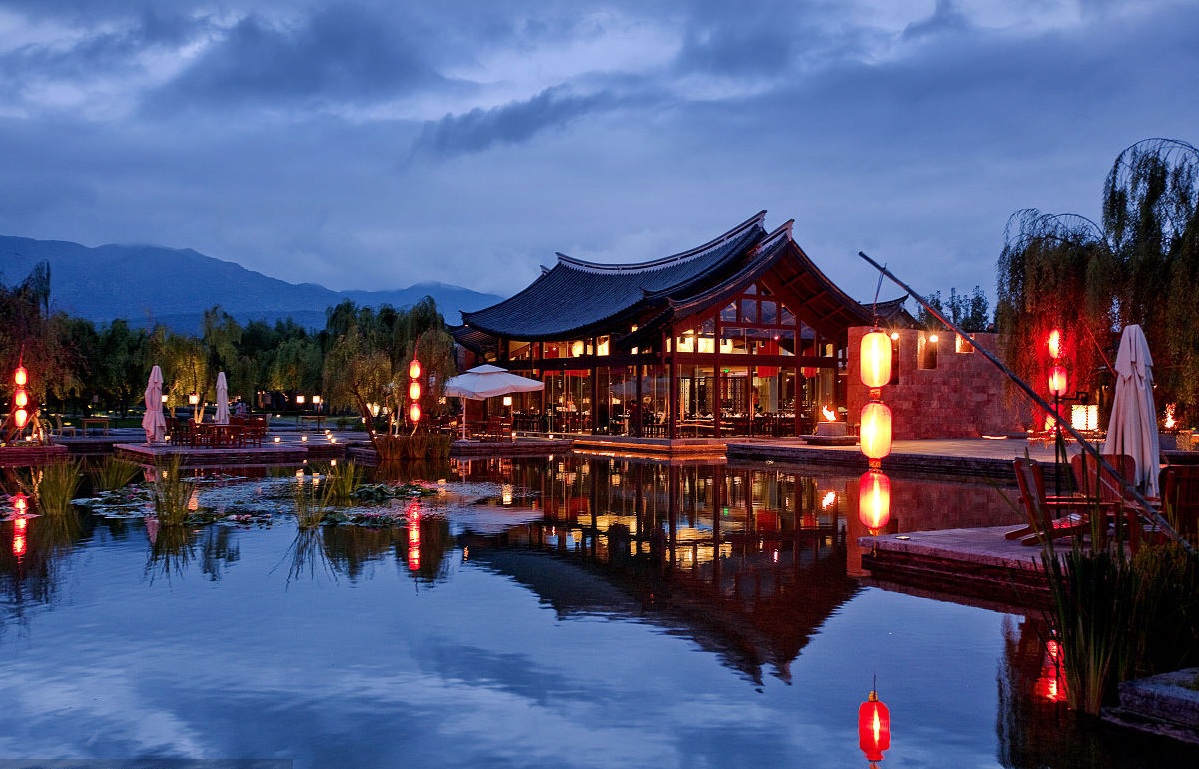
Day09 Lijiang – Shanghai
Fly to Shanghai. Airport-hotel transfer.
Day10 Shanghai
Shanghai Museum: The scope, depth and quality of its collections, and the striking architecture and use of modern technology make the Shanghai Museum one of the most famous if not the most famous in China.
Yuyuan Garden: Yu Garden is composed of six scenic areas: Sansui Hall, Wanhua Chamber, Dianchun Hall, Huijing Hall, Yuhua Hall, and the Inner Garden.The highlights of the garden are: classical Chinese architecture, exquisite sculptures and carvings, and the busy Yuyuan bazaar.
A la carte lunch.
Huangpu River cruise: When cruising at night, you can enjoy the most extraordinary sights.
Day11 Departure from Shanghai
Hotel-airport transfer & see you off. A nice journey home!
-
DepartureBeijing
-
Departure Timeup to you
-
Return Timeup to you
-
IncludedDomestic airfares, TrainsMeals mentioned in the itineraryDrivers & air-conditioned vehiclesHotel accommodation with breakfastsProfessional English-speaking guidesEntrance fees to tourist sites
-
Not IncludedInternational airfaresEntry Visa feesPersonal expensesTips or gratuities for guides and drivers
Similar Tours
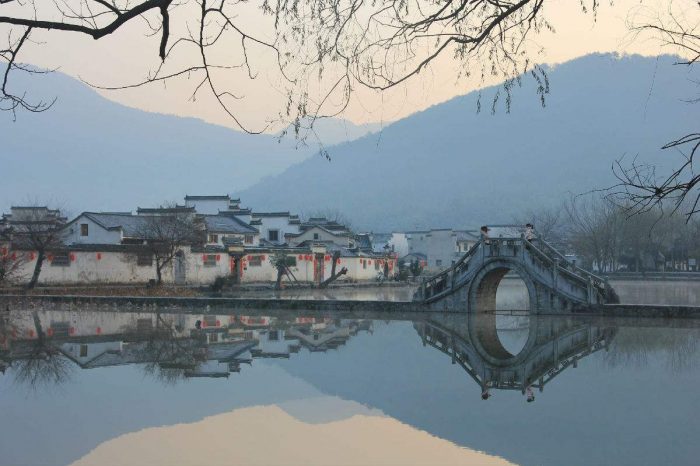
China Highlights with Extension to Mt. Huangshan
Beijing, Xian, Shanghai and Mt. Huangshan: china tour for photographers, hikers and nature lovers.
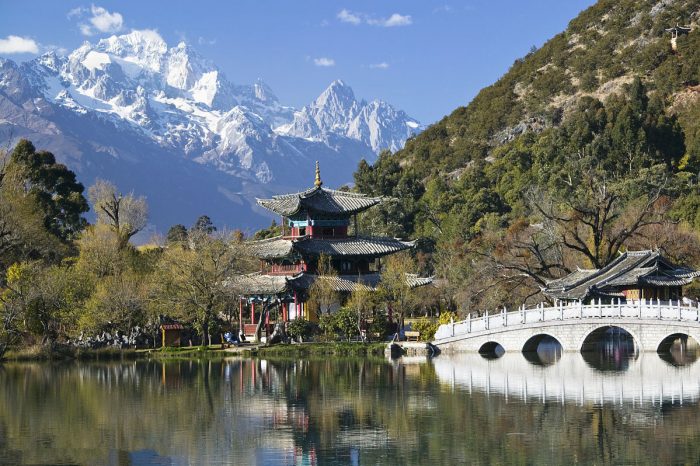
From North of China to South of the Clouds
Beijing, Xi’an, Guilin/Yangshuo and Yunnan’s stunning landscapes, minority-culture experience.


